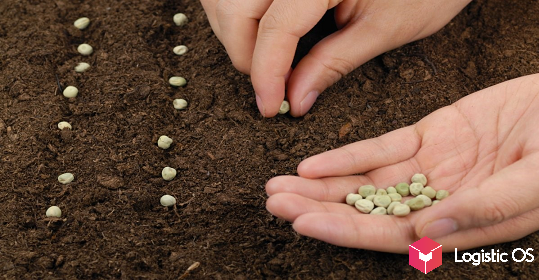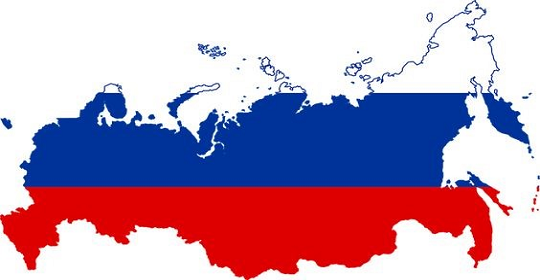If in 1991 about 2 million hectares were sown with millet in the Russian Federation, now it is no more than 240 thousand hectares.
Accordingly, the production of millet also decreased significantly.
Even if we compare 2022 with the previous year, we see a significant reduction in area: from 295,000 hectares to 240,000.
Despite the fact that over the past couple of decades, the yield has increased from 8 centners per hectare to 12.5 centners per hectare, all the same, in general, we are seeing how the cultivation of this crop is gradually fading away.
At the same time, it has great potential, according to the FAO (UN food organization).
Millet has many benefits:
— Many associate it with a healthy lifestyle.
— Millet is very cheap compared to other cereals (you can find it in stores from 30 rubles per kilogram), thanks to which it is in third place in terms of sales after buckwheat and rice.
Production of millet is growing, so are prices
If we compare 2021 with 2022, millet production increased by 15,000 tons, to 112,000. This, by the way, is a very high figure, a record since 2000: then there were 131,000.
Against this background, however, millet prices are rising, and the reason is very simple: last year was the lowest millet crop since 2018: only 309,000 tons.
Will it be exported?
Russia could increase the export of millet. In this regard, it is beneficial because the state has not yet “reached” it, which has already introduced quotas and duties on many agricultural crops, such as wheat and sunflower.
In addition, the government is considering whether to introduce similar measures for buckwheat and rice.
As for millet, there are no such thoughts yet. And this can encourage farmers to focus on this crop, at least in the next few years.
“Millet is just the kind of agriculture for which the state does not fight with duties to reduce prices, while officials constantly have ideas to regulate the export of buckwheat and raw rice,” said Alexander Korbut, vice president of the Russian Grain Union.
At the same time, in his opinion, it makes no sense to increase the production of millet for domestic consumption: the Russian market is already completely saturated with it.
But exports have good potential, especially if we talk about Asian and African markets, where cheap food is always of high interest.
True, it is necessary to start with the formation of sales markets in these countries, and only then it will be possible to start increasing production, Korbut noted.

